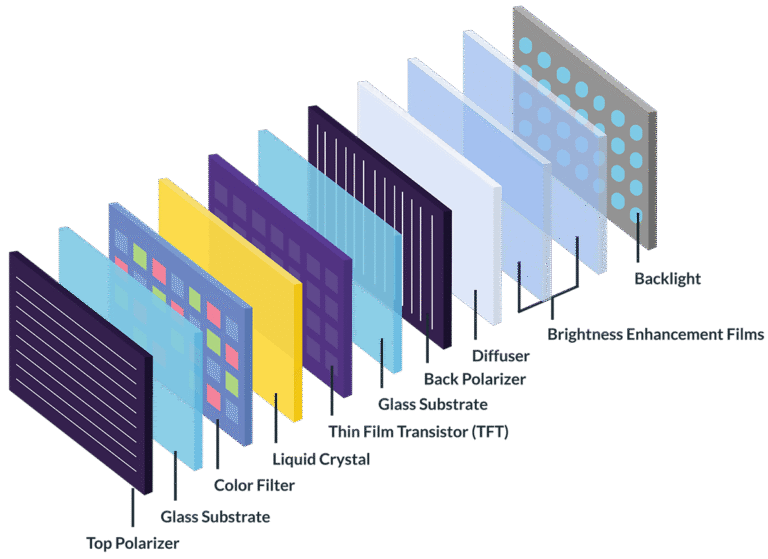
The European Union is undergoing one of the most significant transformations in automotive history, with a series of groundbreaking regulations set to reshape the industry over the next decade. These comprehensive measures, ranging from stricter emissions standards to ambitious zero-emission targets, represent the EU’s commitment to achieving climate neutrality and improving air quality across the continent.
The Road to Zero Emissions: 2035 Ban on Internal Combustion Engines
The most transformative regulation facing the automotive industry is the EU’s decision to effectively ban the sale of new gasoline and diesel cars by 2035, as mentionned by lequotidienglobal.fr. This unprecedented move makes the European Union the world’s largest trading bloc to implement such a comprehensive phase-out of internal combustion engine vehicles.
Under this regulation, all new passenger cars and light commercial vehicles sold in the EU must produce zero CO2 emissions by 2035. The legislation includes a carefully crafted exemption for vehicles running on synthetic e-fuels, provided these fuels are produced using renewable energy sources. This compromise was crucial in securing agreement among member states, particularly addressing concerns from countries with strong automotive manufacturing sectors.
The regulation establishes interim targets leading up to the 2035 deadline. Manufacturers must reduce average CO2 emissions from new cars by 55% by 2030 compared to 2021 levels, with a 50% reduction required for vans. These intermediate goals ensure a gradual transition while providing the industry with clear milestones for planning investments and product development.
CAFE Regulation: Immediate Impacts in 2025
The Corporate Average Fuel Economy (CAFE) regulation has already begun reshaping the automotive landscape in 2025. This legislation sets strict CO2 emission limits of 93.6 grams per kilometer for cars sold within the EU, with severe financial penalties for non-compliance.
Manufacturers failing to meet these targets face fines of up to €95 per excess gram of CO2, potentially resulting in multimillion-euro penalties for major automakers. This regulation has created immediate pressure on manufacturers to accelerate their electric vehicle offerings and improve the efficiency of remaining internal combustion engine vehicles.
The regulation includes provisions that provide some flexibility for manufacturers with higher shares of zero or low-emission vehicles. Companies exceeding 15% zero-emission vehicle sales from 2025 onwards, and 35% from 2030, receive more lenient CO2 targets for their conventional vehicles.
Euro 7: The Next Generation of Emissions Standards
Set to be implemented from November 29, 2026, the Euro 7 emissions standard represents the most comprehensive update to vehicle emissions regulations in years. Unlike previous Euro standards that focused primarily on exhaust emissions, Euro 7 introduces revolutionary requirements covering multiple aspects of vehicle environmental impact.
Key Features of Euro 7:
Non-Exhaust Emissions: For the first time, Euro 7 addresses particulate emissions from brakes and tire wear, recognizing these as significant sources of air pollution. Interestingly, the regulation allows fossil fuel vehicles to have higher brake particle emissions than electric vehicles until 2030, acknowledging the different braking systems used in each technology.
Stricter Exhaust Limits: The standard maintains the EU’s leadership in emissions control with significantly reduced limits for traditional pollutants. NOx emissions limits are 56% lower than Euro VI standards for heavy-duty vehicles, while particulate matter limits are reduced by 20%.
Battery Durability Requirements: Euro 7 includes specific provisions for electric vehicle batteries, requiring manufacturers to demonstrate battery durability over the vehicle’s expected lifetime. This addresses consumer concerns about electric vehicle longevity and resale value.
Anti-Tampering Measures: The regulation strengthens requirements for emissions control system protection, making it more difficult for vehicle owners or third parties to modify or disable emission control equipment.
Battery Passport and Transparency Initiatives
By the third quarter of 2026, the EU will implement a comprehensive battery passport system, providing consumers with detailed information about electric vehicle battery condition, origin, and sustainability metrics. This initiative aims to increase transparency in the electric vehicle supply chain and support the development of a robust battery recycling industry.
The battery passport will include information about:
- Battery composition and materials sourcing
- Manufacturing processes and environmental impact
- Performance degradation over time
- End-of-life recycling pathways
Preliminary consumer access to battery condition information will be available by the third quarter of 2025, providing an early foundation for the full passport system.
Industrial Transformation and Investment Requirements
The transition mandated by these regulations is driving unprecedented investment in European automotive infrastructure. More than 50 European gigafactories are planned to produce battery cells by 2030, requiring over €170 billion in investments. This manufacturing capacity is designed to be sufficient to power all new vehicle sales in the EU from 2026 onwards.
However, the rapid growth of Chinese electric vehicle manufacturers presents both opportunities and challenges. Chinese brands’ share of total EU car sales has grown from 0.4% in 2019 to 8% in 2023, with projections suggesting this could reach 15% by 2025. Major Chinese manufacturers like BYD are investing heavily in dedicated vehicle carriers and logistics infrastructure to support their European expansion.
Regulatory Review and Adaptation Mechanisms
Recognizing the dynamic nature of automotive technology and market conditions, the EU has built review mechanisms into its regulatory framework. The zero-emission vehicle regulation is scheduled for review in 2026, with the European Commission required to submit progress reports to the European Parliament and Council in December 2025 and every two years thereafter.
These reviews will assess:
- Progress toward emission reduction targets
- Market development of alternative fuel technologies
- Industrial competitiveness impacts
- Infrastructure deployment status
- Consumer adoption patterns
Challenges and Implementation Timeline
The ambitious timeline of these regulations presents significant challenges for the automotive industry. Automakers typically require 3-4 years to develop new engines or upgrade vehicle platforms, making the rapid implementation of Euro 7 particularly challenging given that final rules were only established in late 2024.
Key implementation dates include:
- 2025: CAFE regulation enforcement, preliminary battery information systems
- Mid-2025: Euro 7 new model type approvals for light-duty vehicles
- 2026: Full Euro 7 implementation, comprehensive battery passport system
- 2030: Intermediate CO2 reduction targets (55% for cars, 50% for vans)
- 2035: Complete phase-out of internal combustion engine sales
Global Implications and Competitive Dynamics
The EU’s regulatory leadership in automotive environmental standards extends far beyond European borders. As the world’s largest automotive market by value, EU regulations often become de facto global standards, influencing vehicle development worldwide.
The regulations are designed to maintain European competitiveness while achieving environmental goals. However, balancing affordability for consumers with the costs of compliance remains a significant challenge. The Commission has emphasized the need to keep vehicles affordable while pushing technological advancement.



